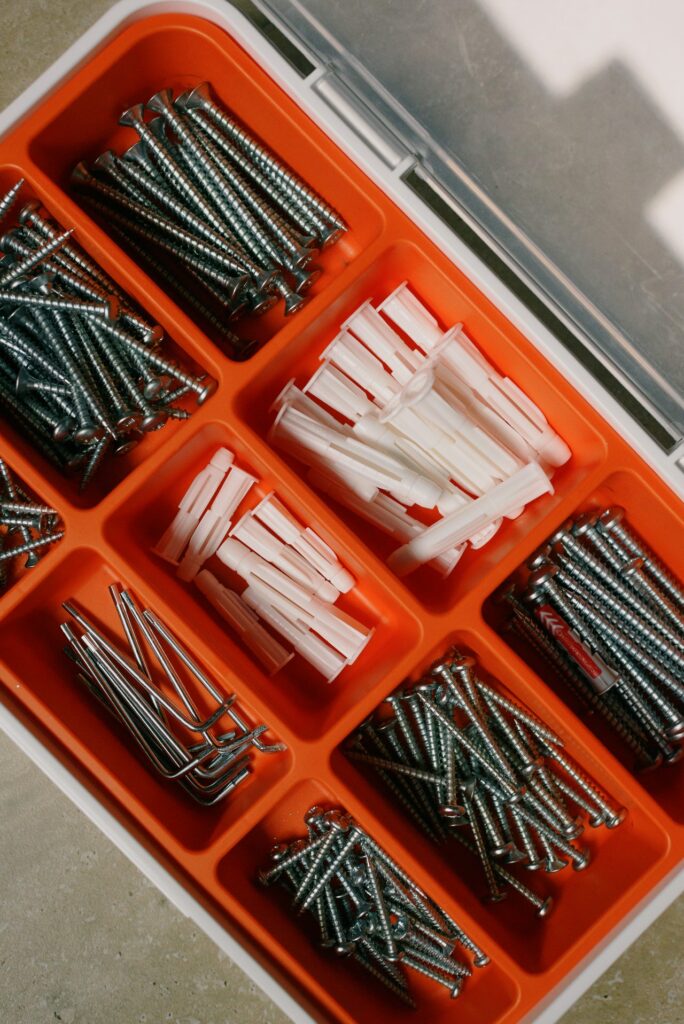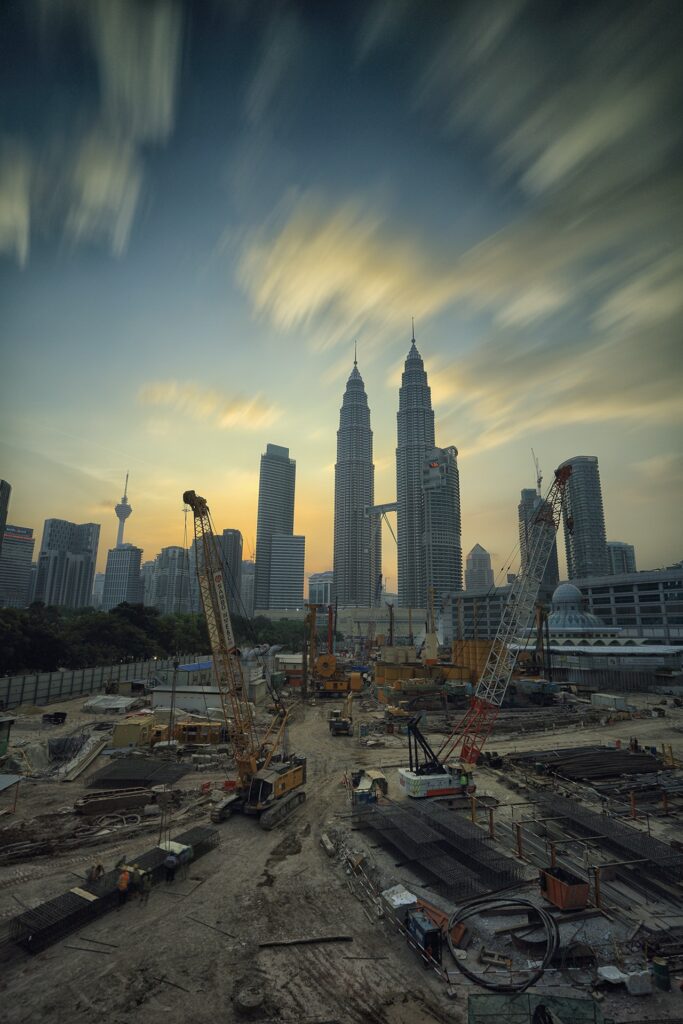
Plastic in the Construction Industry: A Growing Presence
Plastic is not the first material builders go to. The times are changing, and product offerings are diversifying. Let’s talk plastic in the construction industry.
Iron, lead, copper, steel – a very common sight on construction sites in the form of tools, equipment, and materials. Wood, traditionally, dominates construction materials in the form of wall siding, support beams, and a myriad of other facets. However, over the last decade, different forms of plastic have trickled into the construction industry from protection equipment, tools, and now into building materials.
With different formulations of plastic come a variety of advantages and disadvantages. When considering the category of plastic as a whole, we will review the top six reasons you should consider integrating plastic into your future builds.
Reducing Weight, Increasing Strength
With careful consideration, the accurately engineered material can result in a lower weight and comparable strength to traditional materials. However, it is important to mention that Fillers are essential to the success of the plastic part. Similar benefits include the range of ductility and durability plastic and resins provide.
Consistent Joining Methods

The act of attaching two parts commonly calls for a rivet, screw, welding, bolt, etc. The attachment method for metal is usually a rivet, a screw, or welding. Plastic parts would not require different attachment methods than metal or wood.
Traditional screws, rivets, welding, and more are all feasible. This allows manufacturers and builders the ability to keep costs low when switching to plastics.
Creating a Custom Finish & Appearance
Typically with home construction or commercial buildings, the surface must be finished in a specific color or color scheme. That includes a secondary process of painting, could involve color stone or brick, but rarely is just left as a raw finish.
Unlike wood or metal, plastic can be infused with color during the initial manufacturing process. Therefore, a secondary coloring or painting would not be necessary. With plastics, you have the ability to create a colored, textured, and protected material ready for construction.
Utilizing Resistance Properties
Plastics offer many resistance properties that other materials can’t compete with. Buildings require fire protection that wood struggles to keep. Plastic can be made with fire resistant properties to prevent burning or melting. Wood and metal also need a secondary covering to prevent weathering, molding, or rusting in inclement weather or high humidity environments.
Plastics don’t need a secondary layer as it is inherently resistant to degradation due to the environment. Lastly, plastic has chemical and electrical insulation properties that benefit electrical wiring and other materials.

Offering Dimensional Stability
Plastics offer dimensional stability in many environments that other materials would not compete well in. Extreme temperatures can warp metal and make other materials brittle, yet plastic can offer stability in these same extreme environments.
Experience The Flexibility of Plastic
The K&B team is proud to provide turnkey plastic injection molding services, from design and development through manufacturing. From material selection to manufacturing methods, we work to ensure that your project is a success. Contact us today for a custom quote!



